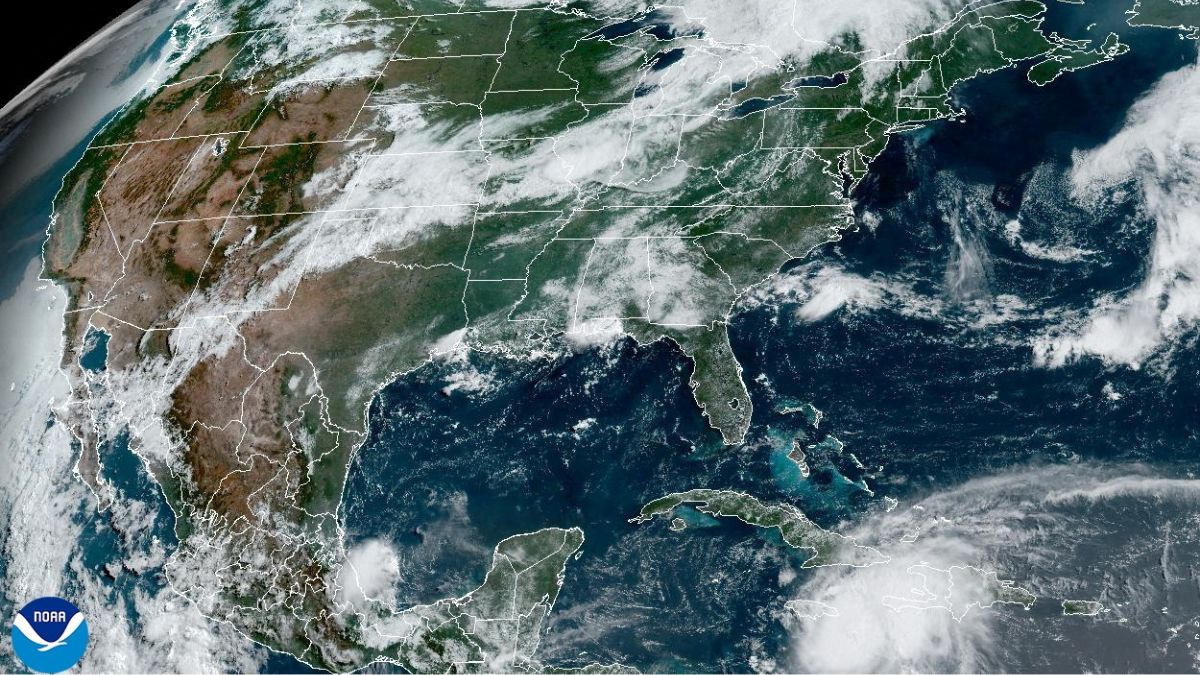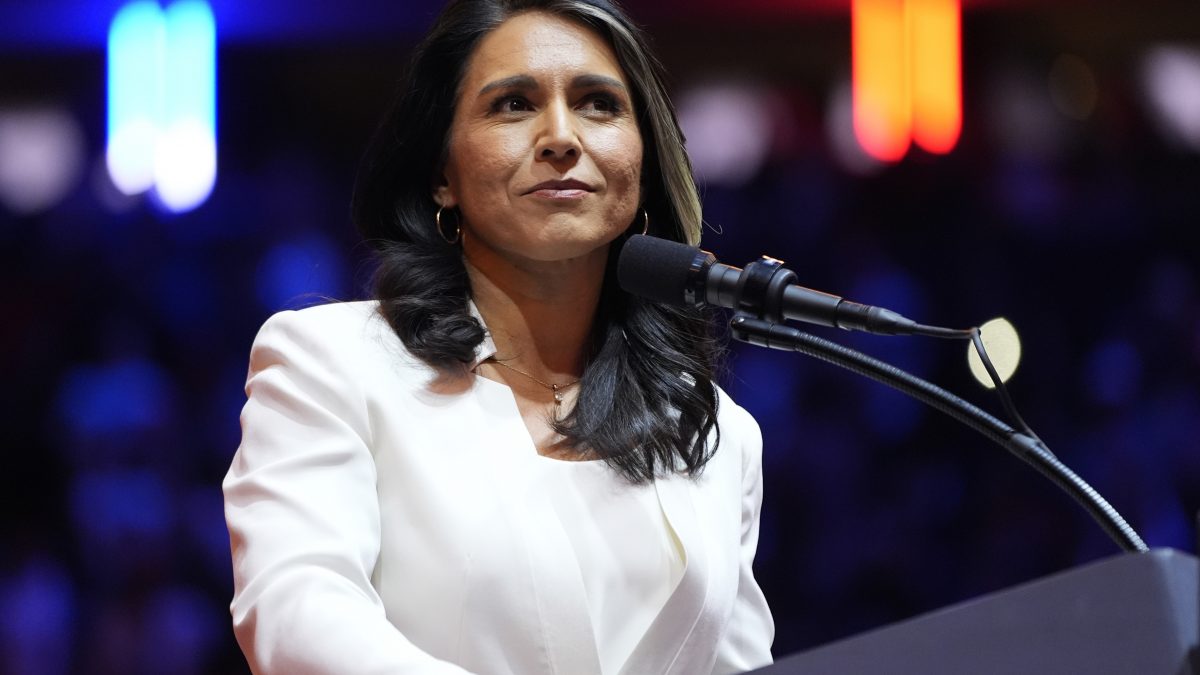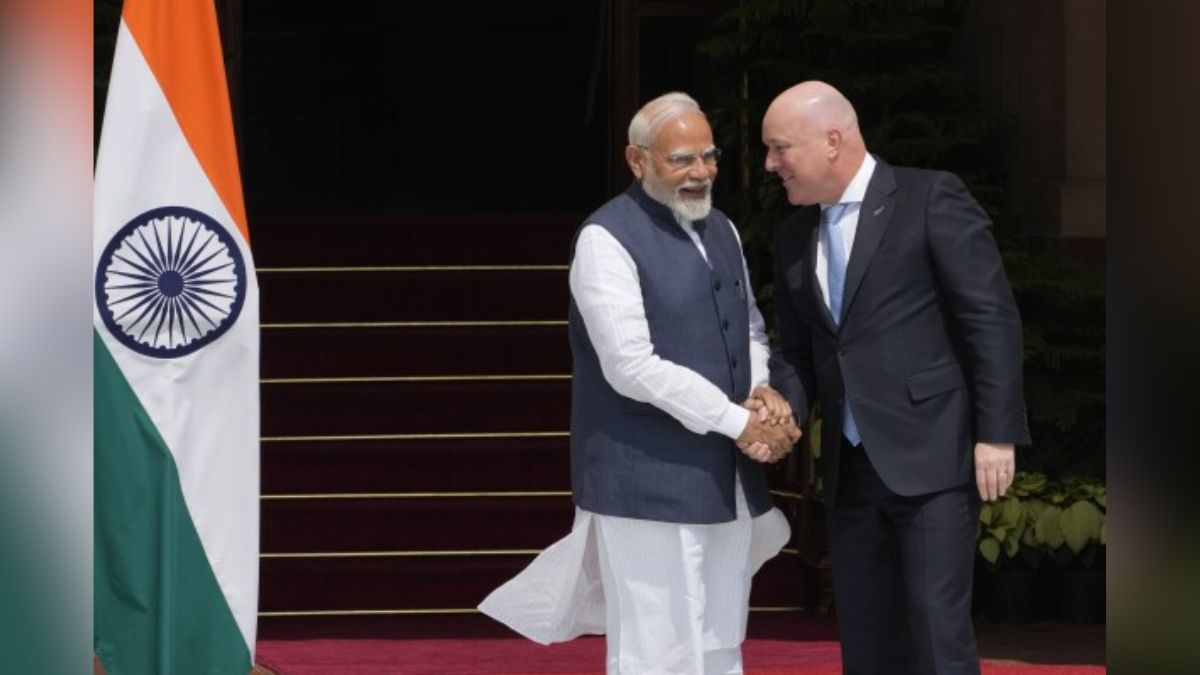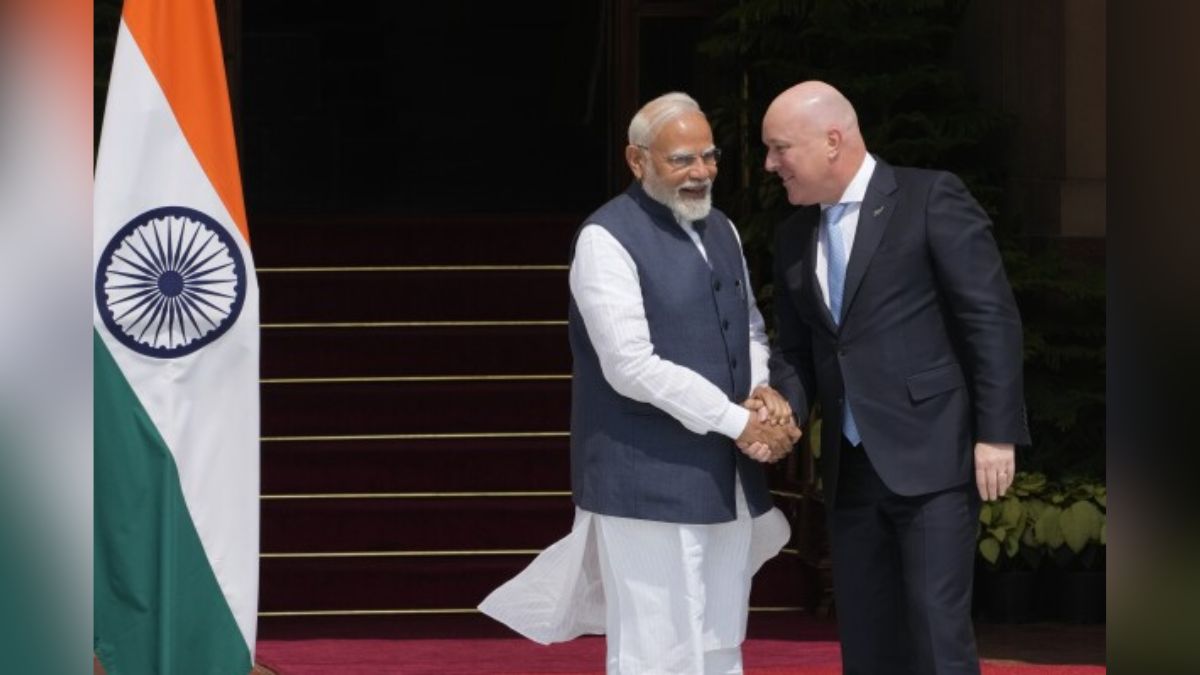United States President-elect Donald Trump has proposed renaming the Gulf of Mexico to the “Gulf of America.”
Calling it a “beautiful name,” Trump says that the move is “appropriate,” citing the US’s significant presence and activity in the region.
During a press conference at Mar-a-Lago on Tuesday, he said, “We do most of the work there, and it’s ours. The Gulf of America has a beautiful ring to it.”
This latest suggestion aligns with his history of proposing bold territorial changes, including the purchase of Greenland, tighter control of the Panama Canal, and even reimagining Canada as the “51st state.”
How the Gulf got its name
The Gulf of Mexico has carried its current name for over 400 years. Its name traces back to a Native American city named “Mexico,” and early maps from the era of Christopher Columbus solidified the designation.
Spanning approximately 1,631 miles of US coastline and 1,743 miles of Mexican coastline, the gulf is an essential maritime hub, rich in natural resources, tourism, and commerce.
Often referred to as the “third coast of the US” and the “Mediterranean of the Americas,” the Gulf of Mexico holds significant economic and cultural importance for all bordering nations, including the US, Mexico, and Cuba.
Can the name be changed?
Renaming the Gulf of Mexico isn’t a simple matter. The International Hydrographic Organisation (IHO), of which both the US and Mexico are members, oversees the naming of seas, oceans, and navigable waters.
While countries can refer to geographic features by different names in their own documentation, an official change would require international consensus.
For Trump to rename a body of water would require the agreement of the doughty International Hydrographic Organisation. One supposed Mexico might disagree with the proposal. They may go for ‘Gulf of the Americas’.
— Ben Archibald 🇺🇦 (@benarchibald) January 7, 2025
These guys don’t fuck around. Serbia and Syria are currently…
For instance, previous disputes over the names of the Sea of Japan and the Persian Gulf highlight the complexity of such decisions. Even domestically, the US Congress would need to pass legislation to enforce any name change in official US materials.
Republican Congresswoman Marjorie Taylor Greene has expressed strong support, pledging to introduce legislation to rename the gulf. She argued, “The American people are footing the bill to protect and secure the maritime waterways for commerce to be conducted. It’s our gulf. The rightful name is the Gulf of America.”
🚨 READ MY STATEMENT & BILL TEXT 🚨
— Rep. Marjorie Taylor Greene🇺🇸 (@RepMTG) January 7, 2025
Mexican cartels currently use the Gulf of Mexico to traffic humans, drugs, weapons, and God knows what else while the Mexican government allows them to do it.
The American people are footing the bill to protect and secure the maritime… pic.twitter.com/m0Nh3a6vuq
However, critics have questioned both the practicality and motivations behind the proposal. Mexican officials have not formally commented on the name change, though Mexican President Claudia Sheinbaum Pardo has previously linked cartel violence in Mexico to American demand for drugs and smuggled US-made weapons.
What Trump’s history tells us
Renaming geographic landmarks has precedent but often sparks controversy. In 2015, then-US President Barack Obama approved renaming Mount McKinley to its Native Alaskan name, Denali, a decision Trump later criticised.
In 2012, a Mississippi legislator humourously suggested naming parts of the Gulf of Mexico “Gulf of America,” but the proposal never advanced. Globally, disputes over maritime names, such as the Persian Gulf and the South China Sea, highlight how such changes can inflame regional tensions.
Throughout his political career, Trump has proposed sweeping territorial changes to bolster US dominance. In 2019, he floated the idea of purchasing Greenland from Denmark, citing its strategic location and resource potential. Denmark rebuffed the proposal, with the Danish prime minister calling it “absurd.”
Trump’s ambitions also extend to the Panama Canal, where he has criticised Panama for overcharging US vessels and suggested more aggressive control over the vital waterway.
His controversial remarks about Canada, often referring to it as the “51st state,” underline his tendency to frame neighboring territories as extensions of American influence.
Why is the Gulf important?
The Gulf of Mexico is a vital resource shared by the US, Mexico, and Cuba. It is rich in oil, natural gas, marine life, and tourism opportunities. The gulf supports critical shipping lanes and some of the most beautiful beaches in the Americas.
Under international maritime law, the US has jurisdiction over parts of the gulf extending up to 200 miles offshore. However, ownership and control are governed by longstanding treaties and agreements.
The Submerged Lands Act of 1953 also grants states jurisdiction over waters up to three nautical miles offshore, with exceptions for Texas and Florida, which have jurisdiction up to nine nautical miles.
By asserting US dominance over a shared body of water, the proposal mirrors Trump’s stance on immigration and trade. Critics argue that such moves distract from pressing issues like climate change and maritime security, while supporters see it as a symbolic gesture of American strength.
Also Watch:
With inputs from agencies


)
)
)
)
)
)
)
)
)



